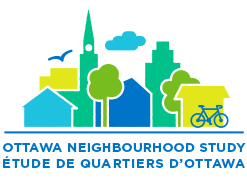The More Walkable a City Is, the More Money It Makes
June 18, 2014
A focus on dense, walkable development allows cities to pack more economic punch per square foot, according to a new study, “Foot Traffic Ahead”. The study was authored by the Center for Real Estate and Urban Analysis at George Washington University School of Business in conjunction with LOCUS: Responsible Real Estate Developers and Investors. It’s an initiative of Smart Growth America, which also co-authored a great study on pedestrian safety earlier this year (“Dangerous by Design, 2014“. They’ve taken a different path to determine a metropolitan area’s walkability, which helps to illustrate how, exactly, a more walkable place is more financially lucrative for a city.
Instead of isolating city vs. suburb, as many studies tend to do, this study acknowledges that there can be drivable communities in urban centers and walkable communities in exurbs, but that places with good walkability share common qualities: high density, a mix of real estate uses, multiple transportation options, and the ability to serve the daily needs of residents largely on foot.
Urbanists have long tried to highlight the correlation between walkability and economic success as a way to encourage cities to incentivize denser, more transit-accessible development. Here it’s clear that walkable urbanism is a key component to building the places that people want to live, shop and work—both making and spending their money. In Washington DC, deemed the most walkable U.S. city, the most walkable areas in the city take up less than one percent of the total acreage, but represent almost half of the most wealth-generating square footage for the whole city.
